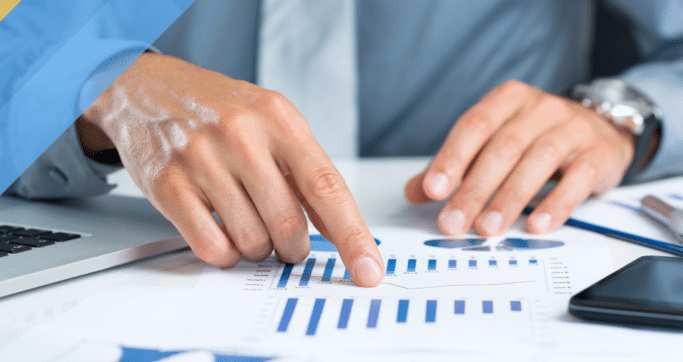The utility industry is facing a rapidly evolving landscape. With the rise of renewable energy, shifting regulatory requirements, and changing customer expectations, utilities are under more pressure than ever to optimize their operations, enhance the customer experience and improve their bottom line.
One way utilities can achieve this is by using customer service analytics. That’s because customer data can provide insights into customer preferences, behavior, and needs. This information can be used to improve a utility’s customer service, reduce employee turnover, as well as improve internal operations that reduce spend and improve ROI.
4 Signs That Your Utility Business Processes Need to be Digitally Transformed
So, let’s dive in and explore how customer service analytics can be used in the utility industry to enhance your bottom line.
Improving Customer Service
The first and most obvious benefit of customer service analytics is the ability to improve customer service. By analyzing customer data, utilities can optimize the customer experience, and increase customer satisfaction.
One way utilities can use customer service analytics to improve customer service is by identifying trends in customer complaints. By analyzing customer feedback, utilities can identify the most common complaints and take action to address them. This not only helps to improve customer satisfaction but can also reduce the cost of resolving complaints and improve employee morale, as fewer customers will need to contact your customer service team.
Reducing Costs
In addition to improving customer service, customer service analytics can also be used to reduce costs and improve the bottom line by identifying operational inefficiencies.
One way utilities can use customer service analytics to reduce costs is by optimizing their workforce. By analyzing data on call volumes and resolution times, utilities can identify which customer service agents are the most efficient and allocate their workforce training accordingly.
Another way utilities can use customer service analytics to reduce costs by optimizing their marketing campaigns. By analyzing data on customer behavior and preferences, utilities can identify which marketing campaigns will be most effective for each audience base and target their campaigns accordingly. This can reduce the cost of marketing while also improving customer engagement.
Understanding Customer Needs
In many regions, customers do not have the option to switch to other Utility providers. But that doesn’t mean there isn’t a benefit to understanding your customers’ needs and preferences.
Analytics can be used to identify patterns and trends in customer behavior, which can then be used to tailor services to meet customer needs. For example, by analyzing energy consumption data, utilities can identify which customers are using more energy than average and offer them personalized advice on how to reduce their energy consumption. This not only helps the customers save money but also helps the utility company to reduce peak demand and avoid having to invest in new sources for additional power.
Analytics can also be used to help utility companies update, create and implement service offerings that create more perceived value and opportunities for improved revenue.
Predictive Maintenance
In the utility industry, equipment failure can cause significant disruptions to service and lead to dissatisfied customers. Predictive maintenance is a technique that uses data to predict when equipment is likely to fail, allowing utilities to perform maintenance before a failure occurs.
Customer service data can be used to identify the most common reasons for service interruptions and patterns associated with equipment failure. By analyzing data on equipment failures and power outages, utilities can identify which assets are most likely to fail and use it to schedule maintenance proactively, reducing the likelihood of service interruptions.
This can reduce the cost of repairs while also improving service reliability and customer satisfaction.
Billing and Payment Analytics
Billing and payment are two critical aspects of customer service in the utility industry. Billing errors and payment delays can lead to frustrated customers and damage the company’s reputation. More critically, it can lead to late or reduced payments.
Analytics can be used to identify billing errors and payment delays. By analyzing billing data, utilities can identify patterns of billing errors and address them before they become a problem. Payment data can also be analyzed to identify causes for payment delays so that your company can develop strategies to encourage timely payment.
Customer Segmentation
Customer segmentation is the process of dividing customers into groups based on shared characteristics such as usage patterns, demographics, or geographic location. Once customers are segmented, different strategies can be developed for each segment to increase your bottom line and improve customer service.
Analytics can be used to identify customer segments and understand their unique needs. By analyzing customer data, utilities can identify which customers are likely to be interested in new products or services and target them with relevant offers, promotions and PR plays.
Segmentation can also be used to develop personalized communication strategies to increase customer engagement.
Analytics is a powerful tool for utilities looking to enhance their bottom line which is why the utility industry should invest in customer service analytics to stay competitive in the ever-evolving energy landscape.
Interested in learning more about how you can use customer service analytics to enhance your bottom line, and how the Silverblaze Customer Portal for Utilities can help? Book a demo of our innovative platform today.



